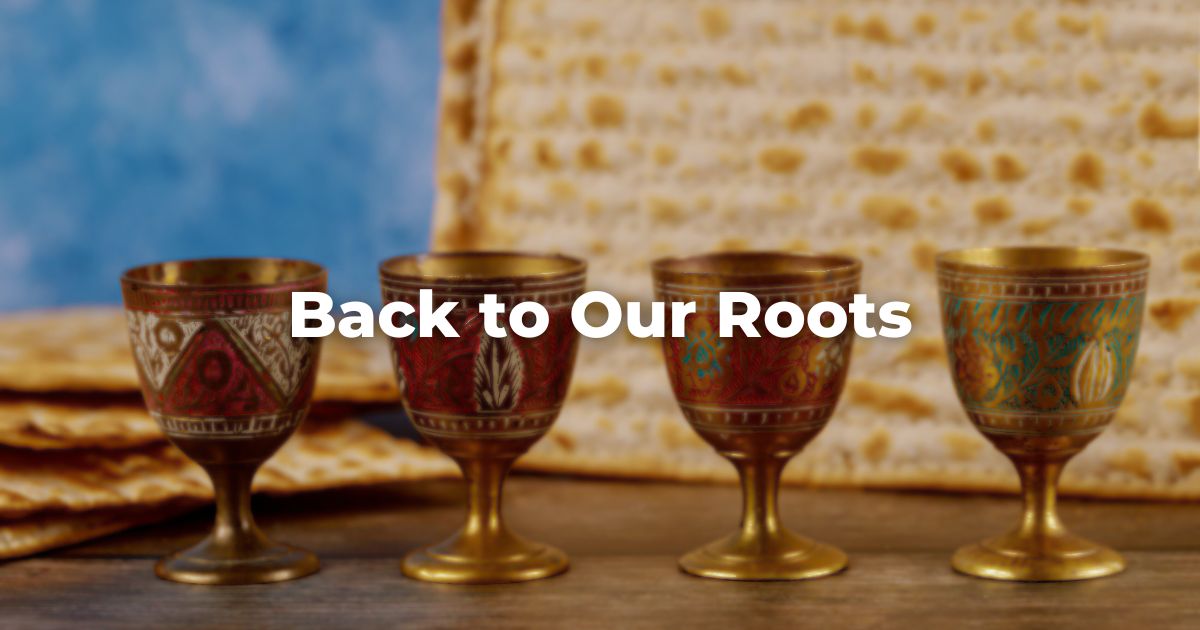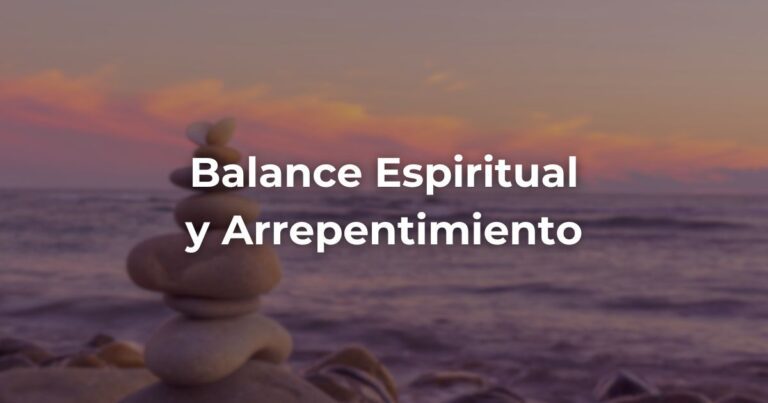This piece is part of Exploring Judaism’s 5784 Passover Reader. Download the whole reader here.
“Good” versus Wicked
As the youngest of four children, I have always been fascinated by the four children of the haggadah and the various ways in which those attributes manifest in each of us. As a self-described “good kid,” my draw toward the rebellious side has always manifested with a serious interest in the wicked child.
Every year, this child jumps out at me. Maybe I feel aligned with his skepticism and reticence. I think we all have those moments of being ostracized or feeling alienated, so in some way, I get that question he asks, what is this service for you? Why do you do what you do?
In some ways, I think it’s an important question to ask as spiritual seekers. Are people doing things for the right reason? Is it moral? Is it ethical? Yet, we know from the continuation that this is a fluffy interpretation of the wicked child’s questioning, given the continuation of the haggadah.
Responding to the Wicked Child
We are told that in response to his questioning, we should הקהה את שיניו, blunt his teeth. As traditionally understood, we are supposed to give him a good rebuke and tell him that had he been part of the people in Egypt, he would not have been freed because of his selfish and myopic beliefs. On the one hand, I understand the haggadah’s frustration at his words. He’s placed himself outside of our community. He maligns our rituals. He denigrates God. But is this the proper response? Do we think this is a way to bring him back into the fold? Rabbi Yissascher Dov Rokeach, the 3rd Rabbi of the Belz dynasty felt similarly to those questions and offered the following teaching that resonates deeply:
It’s a little wicked in and of itself to punish the wicked son by blunting his teeth. After all, he came to the seder when he didn’t have to come at all. Now the word Rasha “רשע” is made up of the outside letters “ra” “רע”—evil, with the shin “ש” inside. What does this mean? The 3 lines of the shin (or if you want to go matriarchs, use the bottom line as the 4th) symbolize matriarchs and patriarchs. If the shin is on the inside of the rasha that tells you that inside every person is a point that is connected to their past and their foremothers and forefathers. This child’s soul is connected to goodness/godliness.
So when it says “hakheh et shinav,” read it as knocking his shin loose, the best part of his inner nature. Bring it out from the “ra-wicked.” Give this child courage. Tell the child you know he has potential because you know that this child really is holy.
It’s a beautiful response by the Belzer Rebbe.
He understands that responding to the wicked child with force and anger will only result in more feelings of being an outsider in a holiday that is one of the most insider of our holidays. We are all drawn together on Pesah, no matter our regularly scheduled Jewish programming.
Whether we self-define as the wicked child or have that title cast upon us, maybe we can learn something from the Belzer Rebbe this year. Instead of castigation, let’s try to find the connective “shin” in each of us, that part that ties us back to our roots and bring it forward out of the darkness of the toxicity of our lives and into the light.
Author
-

Rabbi Adir is a teacher, storyteller, and community builder who loves learning and teaching texts that speak to the world in which we live. When he’s not Rabbi’ing, Rabbi Adir is a part-time Crossfit coach where he loves to help people find the best versions of themselves with a good sweat and a smile. At home, Adir is the loving husband to Lauren and doting father to Cal and Louie, one human and one canine. In his free time, he loves to tinker in the kitchen, read sci-fi novels, and get irrationally sad about the sports teams he loves.
View all posts https://adiryolkut.substack.com






